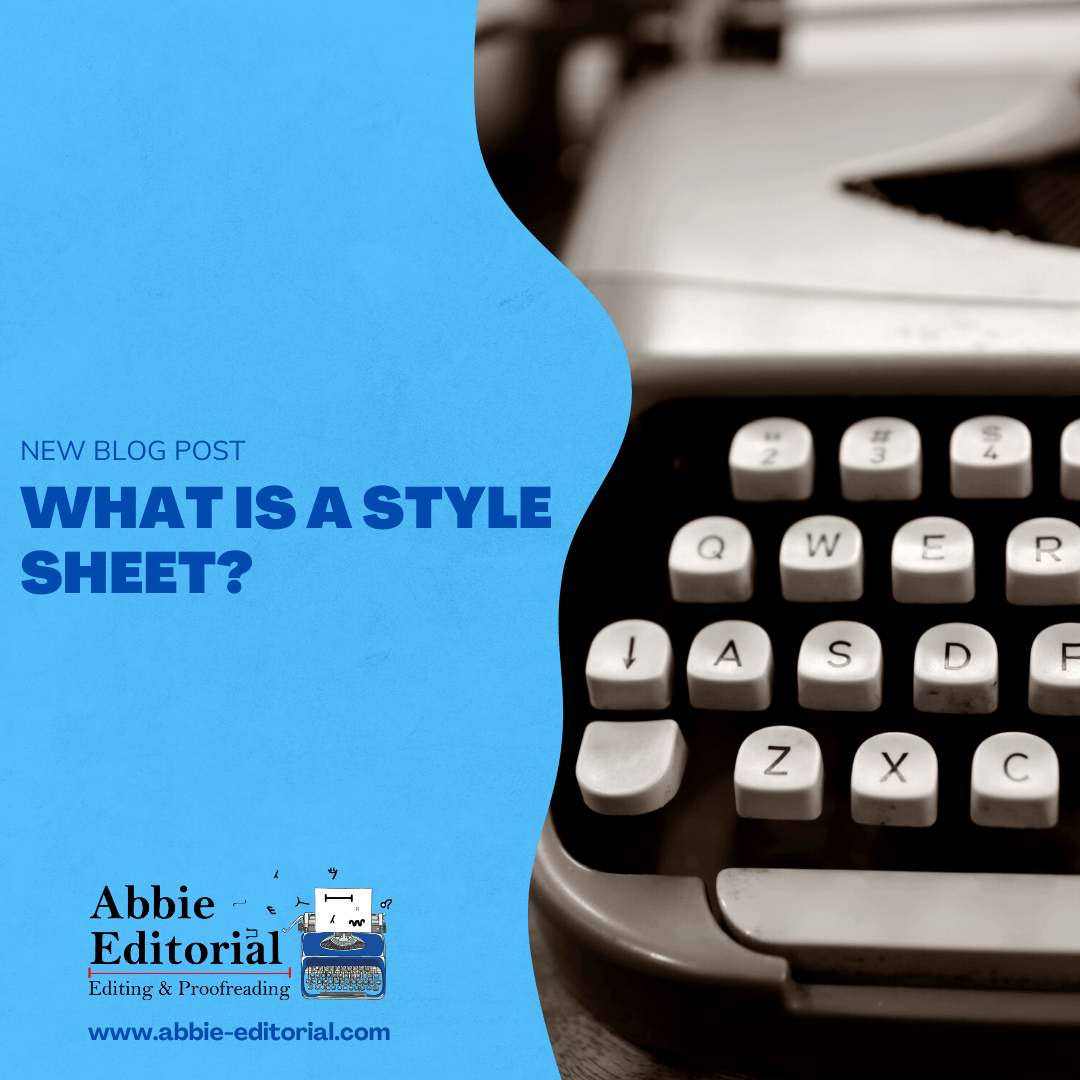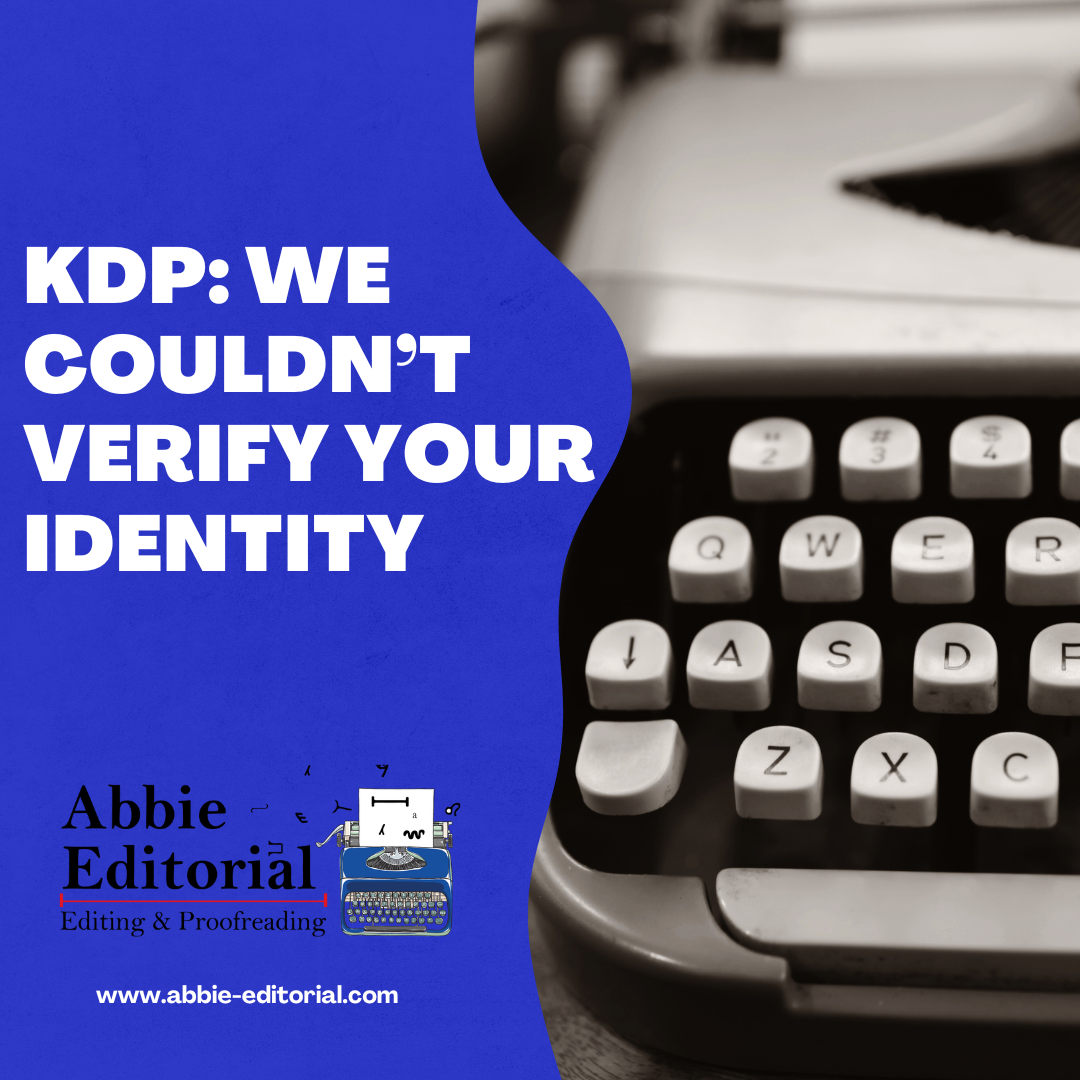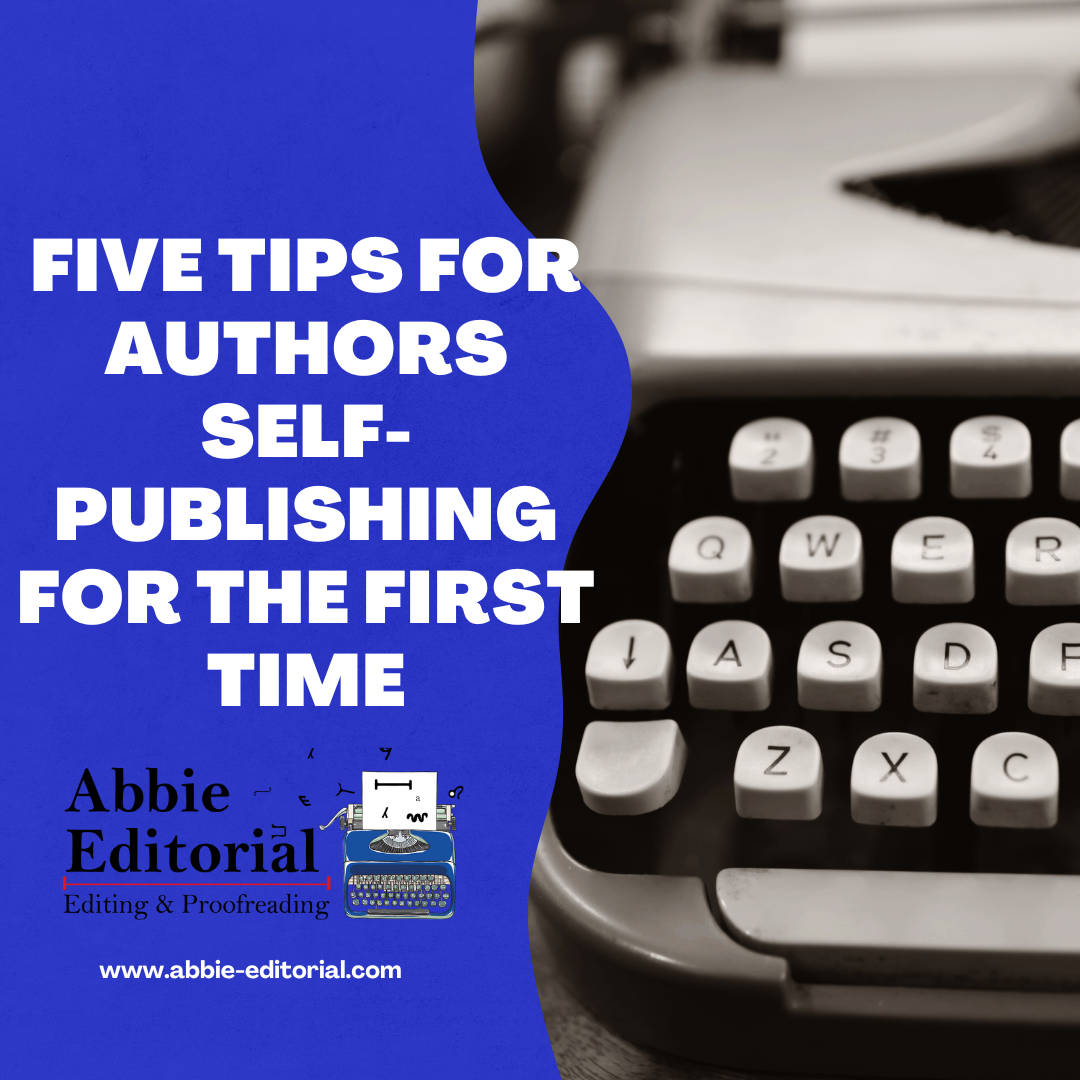What is a style sheet?

The style sheet is the editor’s best friend and closest colleague during the copyediting process, but they are also equally important for authors and proofreaders. In today’s post, I explain what they are, what is on them, how they are used, and why they are important.
What is a style sheet?
All publishing houses – and other organisations that create copy such as newspapers, magazines and businesses – have what is known as a house style guide. Basically, this is a sheet that sets out the spelling and grammar preferences of that particular organisation. Typically, they include preferred spelling and grammar and act as a guide for writers, editors and proofreaders.
Quite often the house style sheet is not enough on its own; however, and the editor will create an individual style sheet specifically for your book whether you are published traditionally or self-published. New Hart’s Rules (the bible of UK publishing conventions, but don’t worry about reading it – I’ve read it so you don’t have to) states that the copy-editor needs to record particular editorial style decisions for every book (2014, p.37).
What is on a style sheet?
You can expect to see some or all of the following decisions on a style sheet:
- preferred spellings
- capitalisation
- hyphenation
- abbreviations
- the use of bold and italics
- punctuation preferences
- treatment of numbers, times and dates
- preferred quotation marks
- open en dashes or closed em dashes.
For those traditionally published authors, many of these decisions will be incorporated on their publisher’s house style document. For independent authors, having a style sheet for each book is a must as these decisions are not likely to have been made at the point of writing. Your priority is the creative process and the storytelling, and so it should be. One of the editor’s roles is to compile the style sheet and assist in making those decisions so you don’t have to worry about it.
The style sheet for a non-fiction publication may also include:
- the setting out of images
- treatment of captions
- treatment of footnotes
- treatment of references.
How is a style sheet used?
Your copyeditor will probably have their own style sheet template that they complete as they are editing a manuscript. On this they will record every decision made regarding some or all of the above list. The style sheet should be given to the author and the proofreader. It is then used to ensure consistency within the text as it progresses through each part of the editorial process.
When I am editing fiction, I also include a section on my style sheet to record characters’ names and details (this helps to ensure your characters remain consistent throughout – we don’t want Bob to go from having brown hair to blond hair), and this provides a clue as to why style sheets are so important.
Why are style sheets so important?
These documents may appear to be a bit mundane – they don’t rank high in the sexy stakes and they will be the last thing you want to concern yourself with! – but they are absolutely invaluable. When I work as a proofreader, a style sheet is an absolute godsend, and the job is a lot more difficult and time-consuming without one.
They are useful because
- they detail what work has been done and what decisions have been made
- they ensure consistency and assist the copyeditor in this task as it is impossible to remember every single decision made as you edit
- they help to ensure consistency throughout the manuscript and across series – they really are a must if you are writing a series
- they cut down on the need for queries when it comes to the final proofread and are therefore cost effect as querying takes time
- ensure independently published authors’ books are of the same standard as traditionally published books and follow industry-standard conventions without the author having to get bogged down in those details.
Completing a style guide is a standard part of the copyediting process as your manuscript is worked on. All of my clients – traditionally and independently published – receive a style guide for their individual work because they help me, the author and the proofreader.










